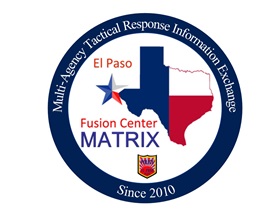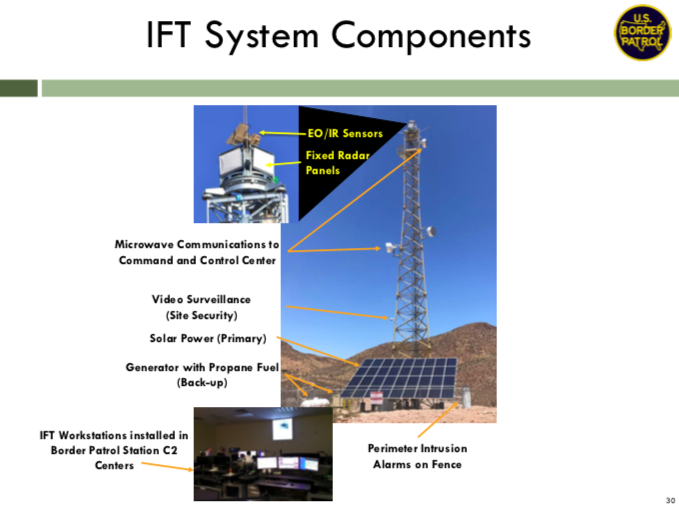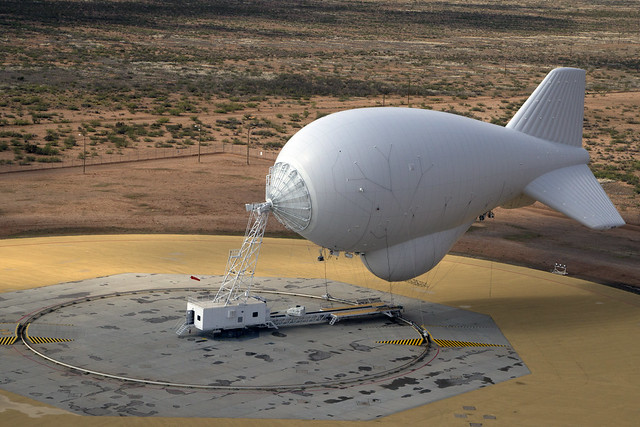
Do ña Ana County in New Mexico shares approximately 45 miles of its southern border with Mexico and is adjacent to the El Paso/Juarez metropolitan area known as the “Borderplex.” The U.S. Census estimates the population of Doña Ana County at 217,522, making the county the second most populous in the state with approximately half the residents living in the city of Las Cruces. The Doña Ana County Sheriff’s Office, the Sunland Park Police Department, and the Las Cruces Police Department are the most significant police departments in the county.
ña Ana County in New Mexico shares approximately 45 miles of its southern border with Mexico and is adjacent to the El Paso/Juarez metropolitan area known as the “Borderplex.” The U.S. Census estimates the population of Doña Ana County at 217,522, making the county the second most populous in the state with approximately half the residents living in the city of Las Cruces. The Doña Ana County Sheriff’s Office, the Sunland Park Police Department, and the Las Cruces Police Department are the most significant police departments in the county.
Law enforcement agencies in the county use many types of surveillance technology. These include drones, body-worn-cameras, and automated license plate readers. Federal agencies also monitor the U.S.-Mexico Border in Doña Ana County with surveillance technology, including remote video surveillance systems, integrated fixed towers, and automated license plate readers.
Quick links:
- Drones
- Body-worn cameras
- Automated license plate readers
- Iris scanning
- Face recognition
- Mobile camera system
- Fusion Center: MATRIX
- Federal surveillance technologies
Drones
Drones are remote-controlled vehicles that police use for aerial surveillance. Local agencies generally use compact, less-expensive drones known as small unmanned aerial systems (sUAS) or quadrotors, as opposed to the larger systems deployed by the military and the U.S. Department of Homeland Security.

Image: NMSU Police Department practicing with a drone. Source: NMSU Police Facebook
New Mexico State University’s policies allow for drones to be flown for academic, research and public safety purposes. The university has its own police department, which according to its Facebook page, the drone program has been running since 2017 and is used to investigate serious crashes, for search and rescue operations, and to monitor traffic conditions.
The New Mexico State Police, a statewide organization, also uses drones to assist in SWAT operations and to document crime and crash scenes. According to the agency’s recruitment page on Facebook, the drones are equipped with photogrammetry to create a three-dimensional model of a crash scene, high-definition lenses, and FLIR thermal imagery.
For more information:
Body-Worn Cameras

Las Cruces Police Department body worn camera. Source: LCPD Facebook
Body-worn cameras (BWCs) are small devices affixed to an officer’s uniform that capture video and audio of the officer’s encounters with the public. Often billed as a measure to enhance police accountability, BWCs also can function as a mobile police surveillance network.
In 2015, the Las Cruces Police Department spent $320,000 on 72 Axon Flex Cameras, according to the Albuquerque Journal. The Sunland Park City Council followed suit by purchasing 25 body-worn cameras for their police. Those cameras were issued to police, animal control, and code enforcement officers to record all encounters with the public, according to KFOX 14. The Doña County Sheriff’s Office initiated the second phase of its BWC pilot program in 2016 with federal Justice Assistance Grant funds. The county’s annual budget continues to fund this program.
For more information:
- Doña Ana County Final Budget 2018-2019
- Albuquerque Journal: Las Cruces police officers to be outfitted with body cameras
- KFOX14: Sunland Park police officers will soon gear up with body cams
- The Edward Byrne Memorial Justice Assistance Grant Program (JAG: Detailed information for award
Learn more about body-worn cameras
Automated License Plate Readers
Automated license plate readers (ALPRs) are networks of cameras used to track the movements of vehicles. Police attach cameras to patrol cars or fixed locations, like highway overpasses, to amass a searchable database that can reveal a driver’s movement. Police also create “hot lists” of plates of wanted vehicles and people to get real-time alerts whenever the cars are photographed by ALPRs.
In May 2017, the Doña Ana County Board of County Commissioners approved the $161,000 purchase of three ALPR speed trailers. The trailers are used in school zones and what the county calls “other areas of high public safety interest.”
Federal agencies actively use ALPRs in the region, including the U.S. Drug Enforcement Administration and U.S. Customs and Border Protection.
For more information:
Learn more about body-worn cameras.
Iris Scanning
Iris Scanning is a form of biometric technology that uses both visible and infrared light to take a high-contrast image of a person’s iris. Like fingerprinting, irises are unique to an individual and can be used to identify them when testing against designated database.
The Doña Ana County Sheriff’s Office acquired two new cameras with iris scanning from BI2 Technologies in 2018, according to KFOX14. This system was showcased by the company at the Southwest Border Sheriff's Coalition conference in Las Cruces, where the Doña Ana County Sheriff’s Office accepted a one-camera donation from the company. The sheriff’s office purchased the other camera for $14,000.
For more information:
Face Recognition

OD Technical face recognition eyewear product image. Source: Doña Ana County Sole Source Procurement Justification
The Doña Ana County Sheriff’s Department purchased $50,000 worth of surveillance products from OD Tactical Eyewear USA. This eyewear has audio, visual, and facial recognition technology, according to OD Tactical Eyewear Ltd. The department claims that the eyewear will be used by SWAT officers for high risk warrant search and apprehension of suspects. The department also bought from this company 30 OD Tactical Black Ops Ballistic AntiFog Closed Lenses, and five OD Tactical AnyVision Facial Recognition applications. Although the purchase agreement is dated 2017, it is unclear whether the technology was ever deployed in the field.
For more information:
Mobile Camera System
In 2013, the Doña Ana County Sheriff’s Department purchased pick-up truck-mounted camera systems called “Freedom On-The-Move” from the Strongwatch Corporation. In 2016, the sheriff approved a $138,750 upgrade that included outfitting the systems with thermal imaging. According to the contracting documents, the sheriff uses the technology in responding to bomb threats, missing person cases, and for border security projects.
For more information:
Learn more about surveillance camera networks.
Fusion Center: MATRIX

The Multi Agency Tactical Response Information eXchange (MATRIX) is one of 79 federally-designated “fusion centers” nationwide that conduct large-scale intelligence analysis and information sharing between local, state, and federal agencies. Based in El Paso, MATRIX allows officers from 20 public safety agencies in El Paso County and Doña Ana County to access and analyze records consolidated from a variety of information sources. In addition, the center also has access to certain surveillance cameras throughout the region, according to the MATRIX’s 2012 privacy policy. MATRIX analysts also generate tips and leads for investigators known as “Suspicious Activity Reports.”
For more information:
Federal Surveillance Technologies

The components of an integrated fixed tower. Source: Border Patrol industry day presentation
Doña Ana County, along with the entire State of New Mexico, is part of U.S. Customs and Border Protection’s El Paso sector. In addition to ALPRs, this CBP sector has 28 Integrated Fixed Tower (IFT) systems and as many as 69 Remote Video Surveillance Systems (RVSS). IFT systems automatically detect and track items of interest and provide operators with data, video, and geospatial location about them. RVSS technology provides long-to short-range surveillance with cameras, radio, and microwave transmitters. Remote operators can use RVSSs to detect, track, identify, and classify targets in the video feed.

Aerostat based in Deming, New Mexico. Source: CBP Flickr
U.S. Customs and Border Protection monitors the border using large MQ-9 Predator B drones and surveillance blimps called aerostats. These Tethered Aerostat Radar Systems (TARS) watch over the southern border at 10,000 feet and can detect all flying aircraft within 200 miles of the blimp. There is one aerostat stationed in Deming, New Mexico, that has enough range to see all flying aircraft that pass through Doña Ana County. According to data published by the U.S. Government Accountability Office, between 2014 and 2016, these aerostats assisted in 13 apprehensions in the El Paso sector.



